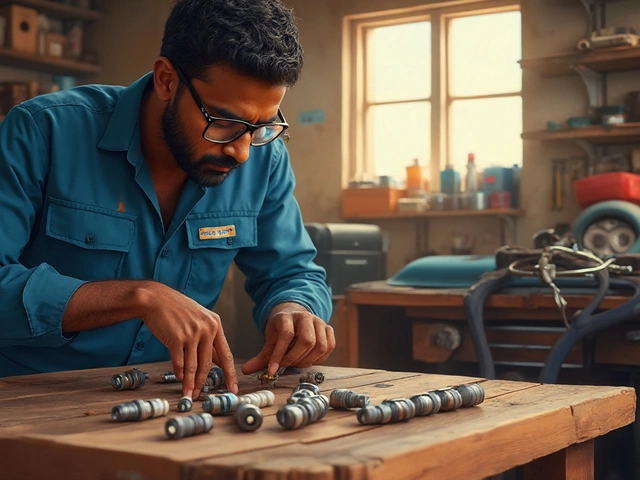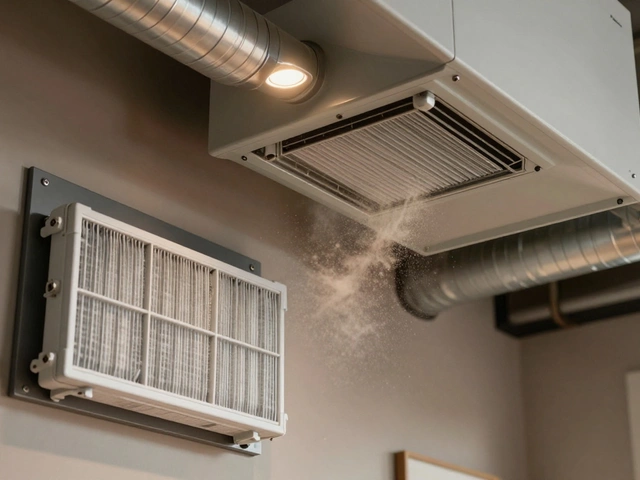
Clutch Adjustment: How to Tell If Yours Needs It and What to Do
When your clutch adjustment, the process of fine-tuning the clutch pedal’s travel and engagement point to ensure smooth gear shifts. Also known as clutch cable tensioning, it’s a simple fix that can prevent costly damage if done before the clutch starts slipping or grinding. A poorly adjusted clutch doesn’t just make shifting rough—it can fry your clutch disc, warp the flywheel, or even break the release bearing. You don’t need to be a mechanic to spot the warning signs, and you don’t always need to replace the whole clutch just because it feels off.
Most cars with manual transmissions use either a clutch cable, a steel wire that connects the pedal to the clutch mechanism or a hydraulic clutch system, a fluid-filled setup that uses brake-like lines to engage the clutch. Over time, cables stretch, hydraulic fluid leaks, or air gets into the lines. The result? The clutch pedal feels higher than usual, you have to press it all the way to the floor to shift, or the car lurches when you let go. These aren’t just annoyances—they’re early warnings. If you’ve noticed your clutch slipping under load, especially when accelerating uphill or towing, that’s not normal wear. It’s often just bad adjustment.
Some drivers think clutch problems always mean a full replacement. That’s not true. A simple clutch adjustment can bring back smooth operation and add thousands of miles to your clutch’s life. It’s not something you do every oil change, but if you’ve driven more than 40,000 miles and feel changes in pedal feel, it’s worth checking. Most manuals show you where to find the adjustment nut or bleed valve. Even if you don’t do it yourself, knowing what to look for helps you avoid being upsold a $1,200 clutch job when you only needed a $20 tweak.
And it’s not just about the pedal. The clutch’s engagement point—the spot where the disc starts to grip the flywheel—should feel crisp and predictable. If it’s vague, or if you hear grinding when shifting into first or reverse, that’s often a sign the clutch isn’t fully disengaging. That’s usually adjustment, not death. You’ll also find plenty of posts below that cover what happens when you ignore these signs, how long clutches really last, and when you actually need to swap the whole kit. But if you’re reading this because your car feels off when you shift, start here. Fix the adjustment first. Save the money. Save the clutch.
-
18 Oct

-
21 Apr

Can a Slipping Clutch Be Tightened? Real Fixes and Hard Truths
Wondering if you can fix a slipping clutch by tightening it? This article digs into what actually causes clutch slip, whether simple adjustments can help, and what your real options are for fixing it. You'll find tips on spotting clutch wear early, signs that it's time for a new clutch kit, and a rundown of the repair costs. Plus, get a clear answer on when DIY fixes just won't cut it.





